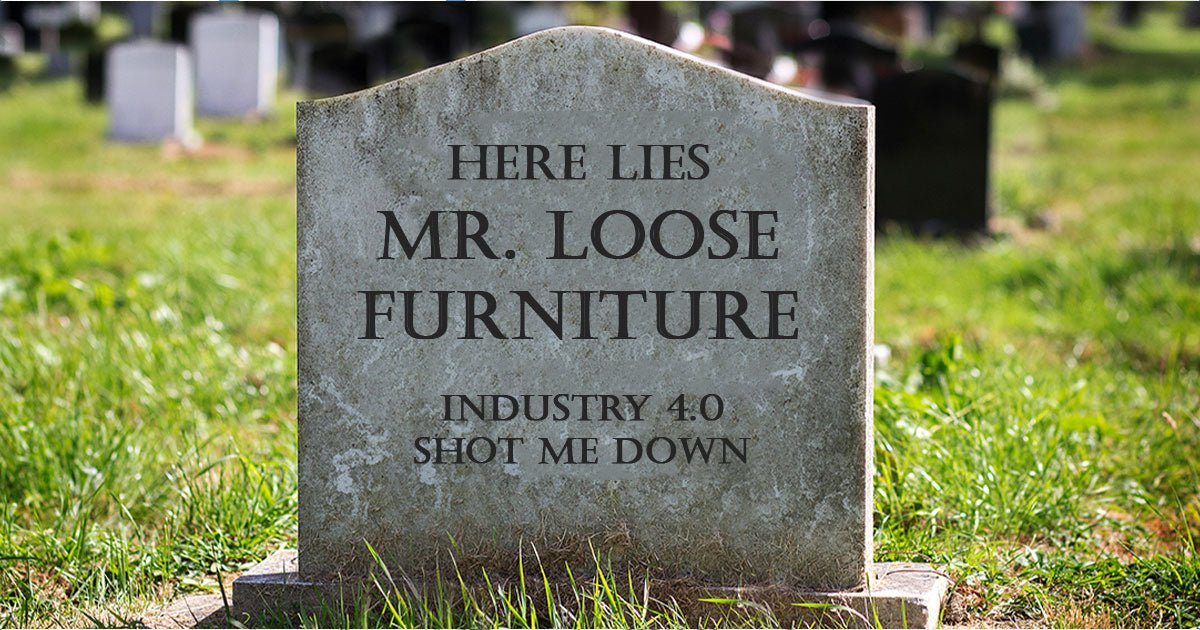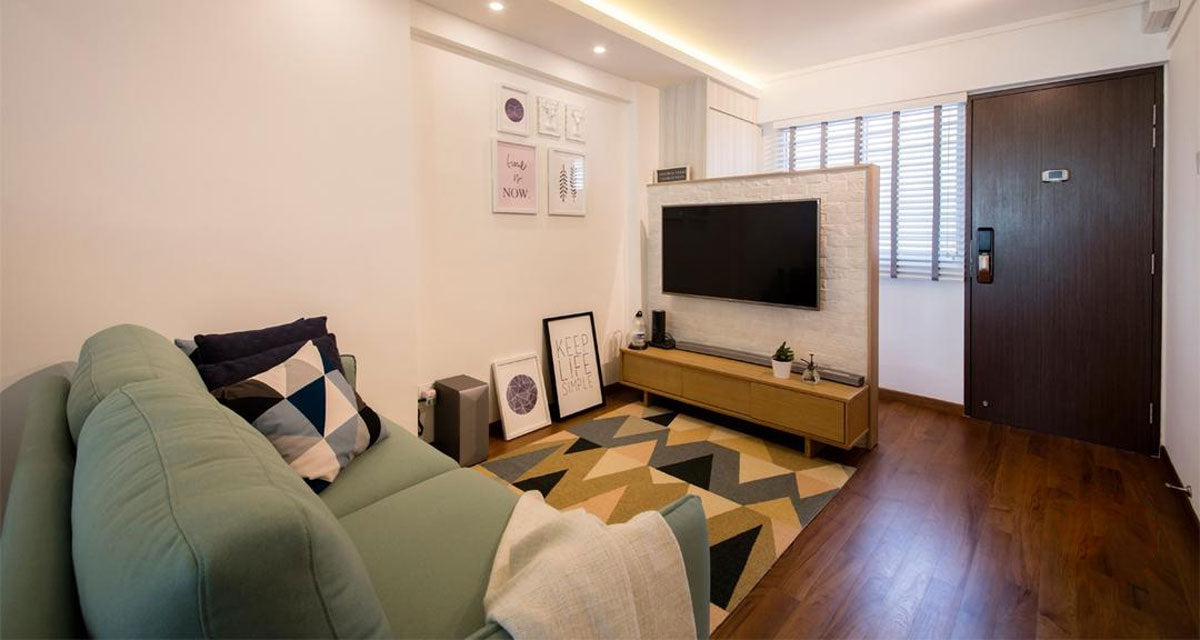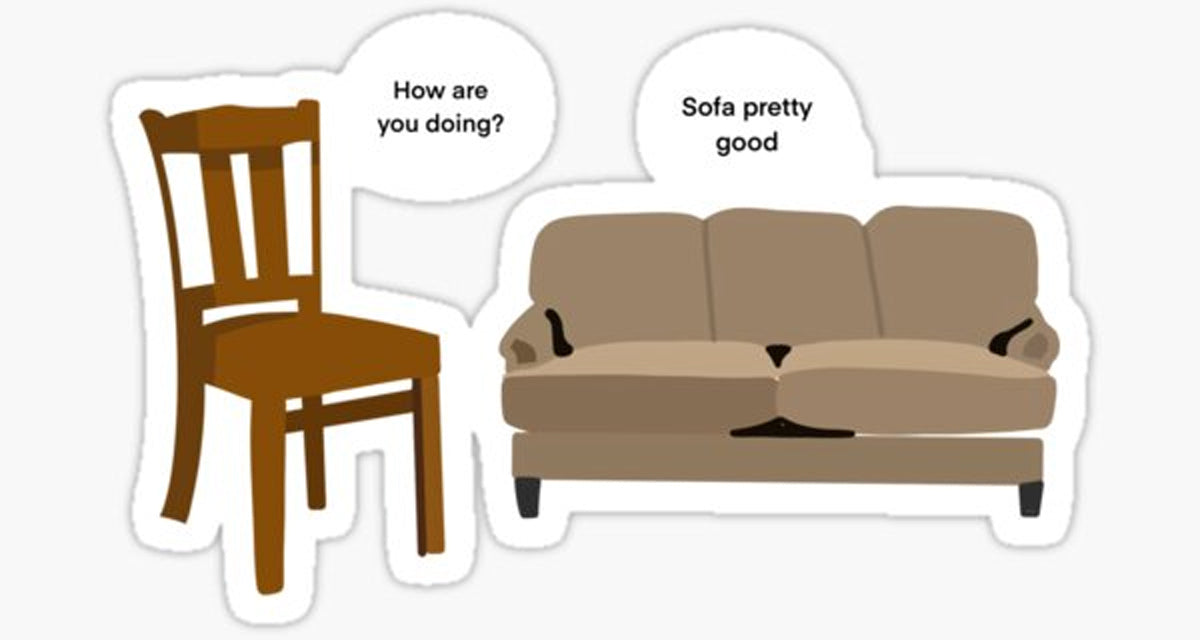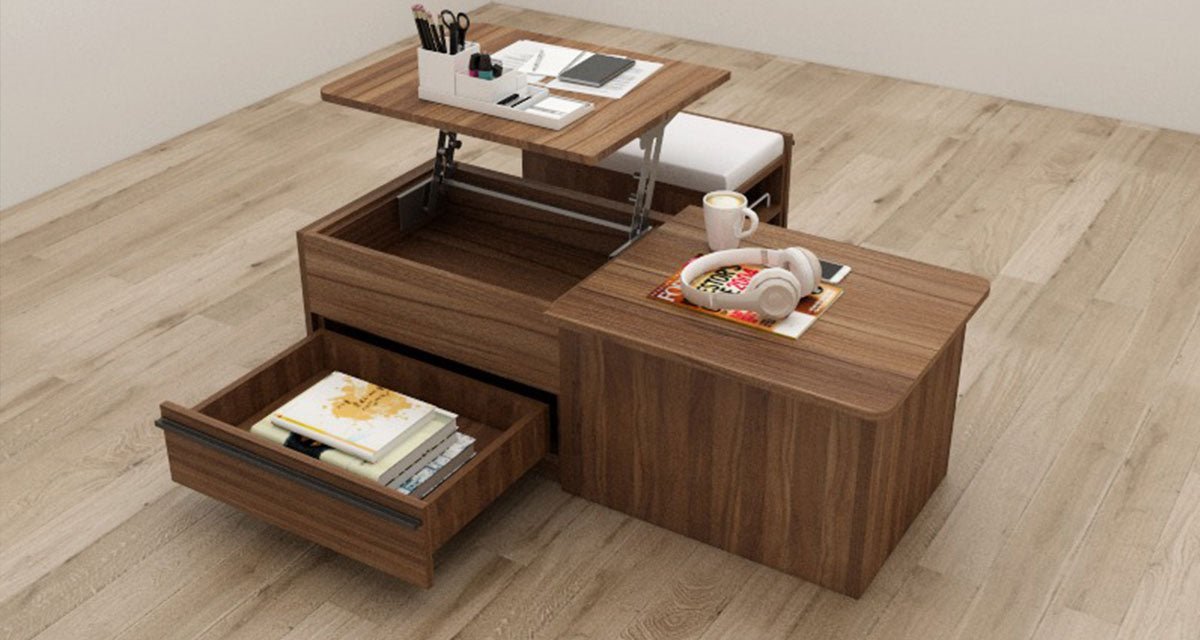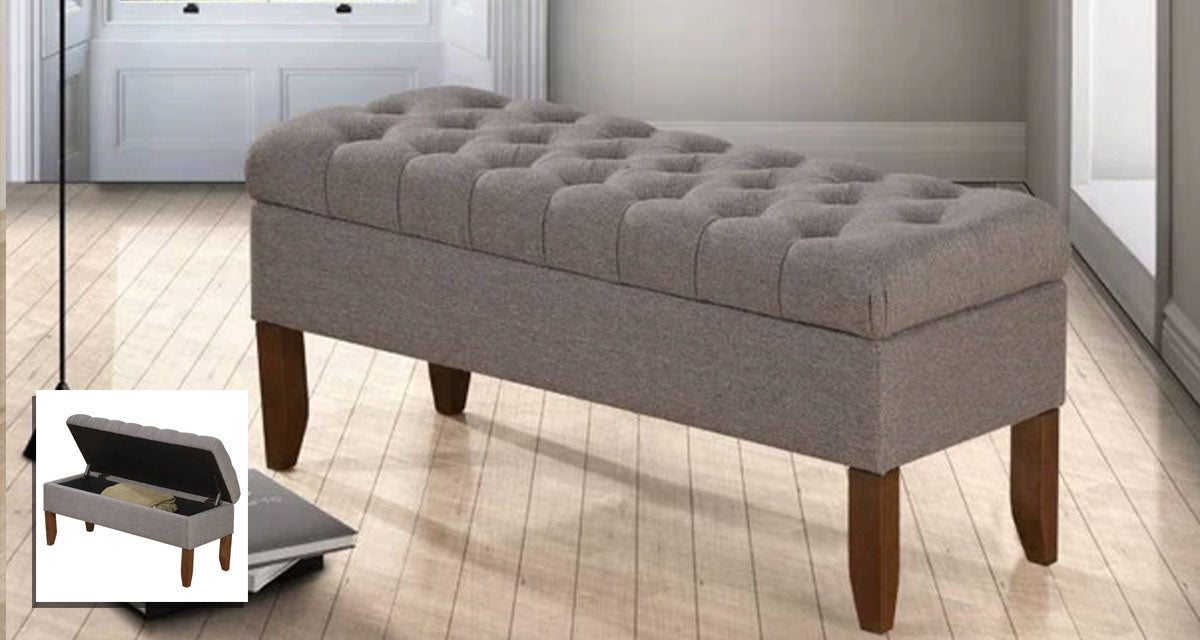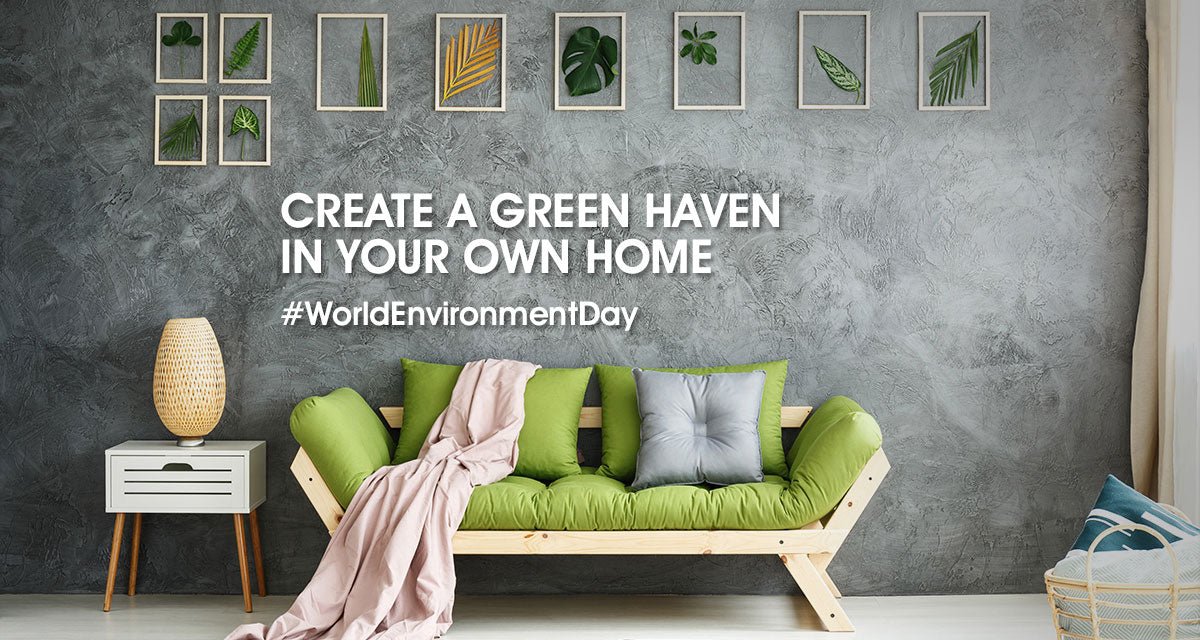Singapore is currently the most densely populated country in the world. Despite its small size, the country has a population of over 5.5 million people, with a land area of only 728.3 square kilometers. This means that there are approximately 7,697 people per square kilometer, making it one of the most densely populated places on the planet. 95% of the population live in private apartments, condominiums or HDB flats with the average size of less than 800 square feet per unit.

As the city continues to grow and space becomes increasingly limited, the future of furniture is shifting towards built-in and made-to-measure pieces. With advancements in technology, industry 4.0 has revolutionized the way furniture is designed and manufactured, making mass customization more affordable than ever before.
Traditionally, loose furniture (ready made) has been the go-to option for interior design. However, in densely populated cities where space is at a premium, built-in furniture has become a popular solution to maximize living space. Built-in furniture is specifically designed to fit the unique dimensions of a space, making it more efficient and functional. This type of furniture is typically made to measure and takes into account the layout, shape, and size of the room. By creating furniture that is built-in, designers can eliminate wasted space and create a seamless, cohesive look that enhances the overall design aesthetic of the space.

Industry 4.0 has played a significant role in the shift towards built-in furniture. With the use of advanced technologies such as 3D printing and computer-aided design (CAD), furniture manufacturing has become more efficient and cost-effective. Mass customization has become a reality, allowing for furniture to be designed and manufactured to meet the specific needs of each individual client. This level of customization was once only available to high-end clients with large budgets, but with industry 4.0 technology, it has become much more affordable.
One of the main advantages of built-in furniture is its ability to maximize space. In a city where square footage comes at a premium, it is essential to make the most of every inch. Built-in furniture can be designed to fit perfectly into any space, including awkward angles and corners that would otherwise be difficult to furnish. By creating furniture that is built-in, designers can eliminate the need for bulky, space-consuming pieces such as bookshelves, entertainment centers, and storage units. Instead, these items are incorporated seamlessly into the design of the space, resulting in a more functional and visually appealing interior.

In addition to maximizing space, built-in furniture offers other benefits as well. Because the furniture is designed to fit the space, there is no wasted space or gaps that would otherwise be difficult to clean or maintain. Additionally, built-in furniture is typically more durable than loose furniture, as it is built to withstand the wear and tear of daily use. This means that built-in furniture can last longer and provide better value for the homeowner over time.
When it comes to designing built-in furniture, there are a few key considerations to keep in mind. The first is the layout and flow of the room. Furniture should be designed in a way that enhances the flow of the space, rather than obstructing it. This means paying attention to traffic patterns, sightlines, and the overall layout of the room. Additionally, built-in furniture should be designed with the client's specific needs in mind. For example, if the client is a book lover, incorporating bookshelves into the design of the space would be a priority. Similarly, if the client has a large collection of art, incorporating display cases or specialized lighting might be important.

Further exacerbating the depression of the loose furniture business is the rising cost of rent, manpower and high interest rates. The stocking of inventory has become unattractive and costly.
In conclusion, as cities continue to grow and space becomes more limited, built-in furniture is becoming an increasingly popular solution for maximizing space and creating functional, visually appealing interiors. With the advancements of industry 4.0 technology, mass customization has become more affordable, making it possible for furniture to be designed and manufactured to meet the specific needs of each individual client. As we move towards the future, it is likely that we will see more and more built-in furniture as a way to create efficient and functional living spaces in our cities.
Recommended Links
- Winner Two Times In A Row - Furniture Leadership Award 2021/2022.
- How Industry 4.0 Is Changing The Furniture Industry.
- Designing Your Own Custom Furniture / Cabinet Has Never Been Easier.
- What Top 10 Best Custom Carpenters Have In Common.
- Whole House Customization.
- Custom Carpentry.
- Kitchen Gallery.
- Follow our facebook page for the latest deals.

